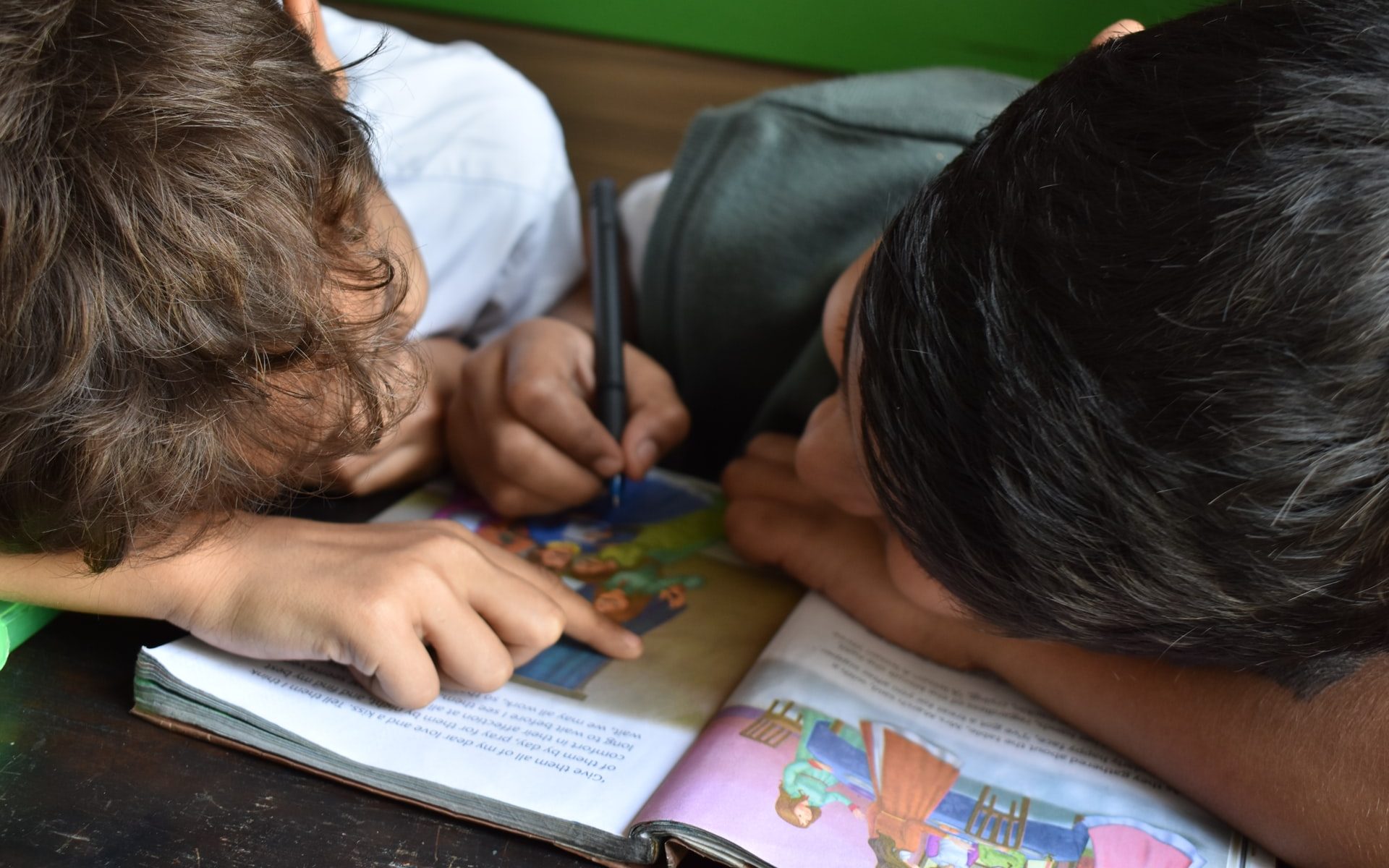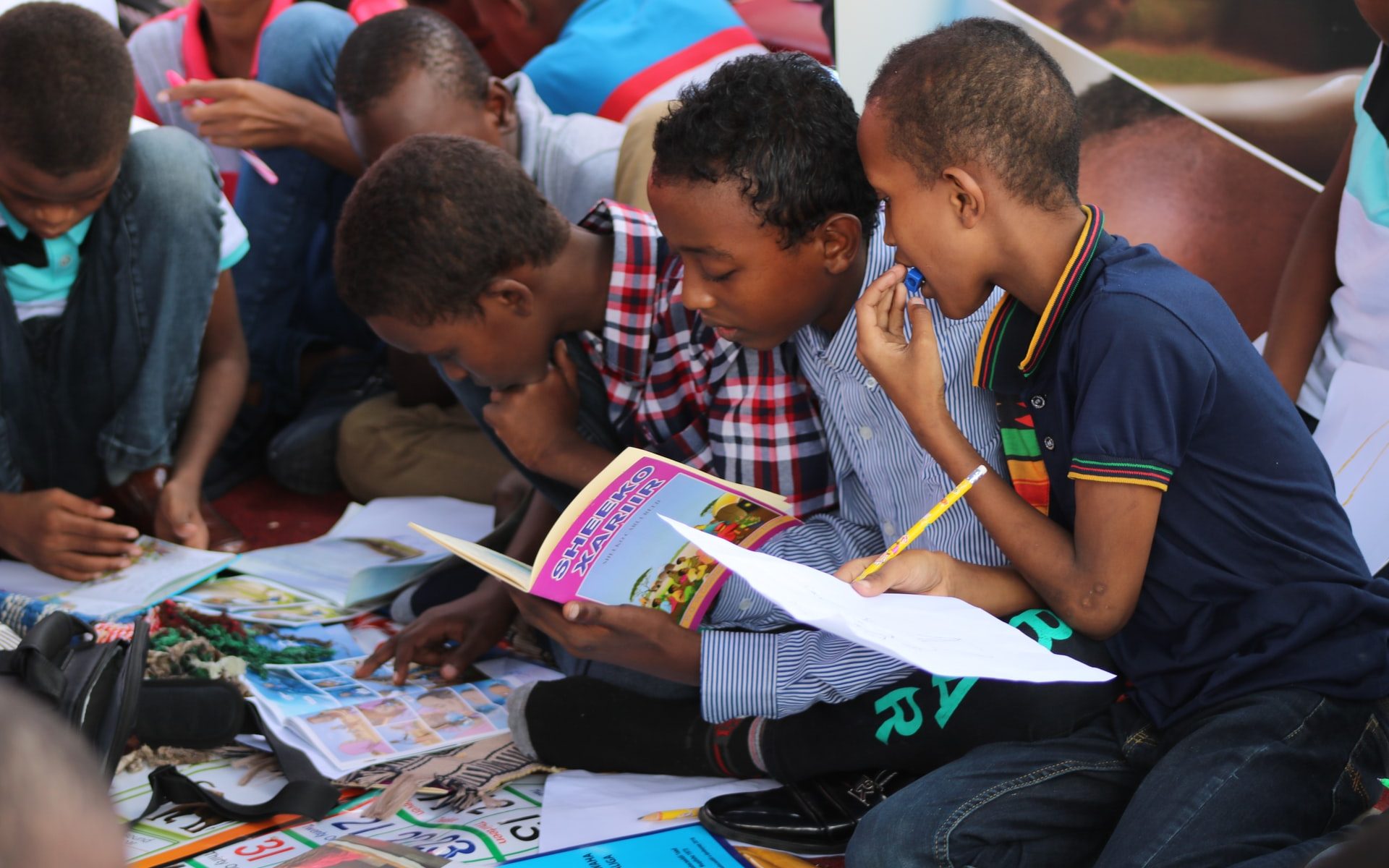Teaching learners how to make inferences while reading is a fundamental reading tactic that should help them take their meaning of the content deeper. When learners make inferences, they find clues in the content and use what they know from personal experience or prior knowledge to fully comprehend what the content is about. Great inferences are backed up by supporting details from the content and personal knowledge.
Teaching Using the Goldilocks Strategy
It’s essential to help learners to distinguish inferring from stating the obvious. For instance, a learner looking at the image of the baby can state the obvious by saying the baby is crying. A correct inference may involve that the baby is tired or hungry. Applying prior knowledge of why babies cry, combined with the details in the image, makes this a plausible inference.
It is also essential to help learners comprehend the difference between inferences and predictions. While they are relatable, they are not the same. When learners predict, they guess what should happen next based on what they already know from the content and their prior knowledge. After learners make inferences, they make a guess about what is happening. A plausible inference for why the baby is crying is that the baby is hungry or tired, while a sensible prediction may be that the mom or dad of the baby should come and pick the baby up to soothe him.
Lastly, although inferences are subjective, it is possible for learners to draw incorrect inferences. For instance, if a learner looked at the image of the crying baby and said, “the baby is probably angry because his brother just made fun of him,” that would be incorrect because the baby in this image is too young to comprehend that he was being made fun of.
Establishing this foundation should be essential to your learners’ mastery of this reading strategy.
Activities to Use
There are several activities that should help learners to make inferences. First, help learners to comprehend that they are already making inferences in their everyday life. When they come to a conclusion about a specific situation, they are inferring.
A simple way to first introduce inferring is to use images. Showing learners several images that lend themselves to making inferences is a good way to get learners to use their inferring skills.
Another cool way to introduce inferring is to create mystery bags. Gather several items that learners can use as clues to guess where you may be going or what you may be doing. For instance, one bag may have a pair of sunglasses, some sunscreen, and a beach towel. Learners would guess that you may be going to the beach. Another bag may include ingredients and utensils needed to make a peanut butter and jelly sandwich. Extend this activity by having learners create their own mystery bags. Invite a few learners at a time to share their bag with the class while their classmates make inferences.
Analogous to the mystery bag, you can play a game where learners observe different shoes and guess which kind of person might wear that shoe. For instance, a high-heel shoe would be worn by women, possibly going to a fancy restaurant. A a winter boot is worn by someone planning to walk in the snow.
How to Model This Tactic
Once learners comprehend the concept of making inferences based on clues, help them to translate the skill into their reading. Prior to jumping into longer stories, have learners practice their inferring skills using short sentences. Here are some sample sentences where learners can be asked to draw inferences:
My family has everything they need: tickets, popcorn, and candy! (Inference: The family is at the movies.)
•Sam had a puzzled look on his face and then raised his hand in class. (Inference: Sam is confused about something.)
•Everyone grabbed their raincoats and umbrellas. (Inference: It’s raining outside.)
The next step is to ask learners to apply this reading tactic to longer stories. Picture books can be a good tool to model the tactic of inferring. You may even start with wordless image books as they are good for practicing inferring.
Teach learners that good inferences use details from the content as well as their prior knowledge.
Select Content That Helps Students Make Inferences
Use several picture books to model this cognitive flow. Allow learners to use this same cognitive flow with their independent reading books. You might even want to provide them with a graphic organizer for them to document their thoughts. This should make it easy for you to assess how they are connecting text evidence and prior knowledge to make their inferences. The learners’ success in using this reading tactic starts with choosing anchor texts that best support making inferences.
Providing Independent Practice
When first using a new reading tactic, learners need constant reminders. Visuals like a bookmark to use while reading or a class poster that is displayed on a reading tactic bulletin board work wonderfully to help learners remember to use their experiences and knowledge, combined with clues in the text, to make inferences in the books they read.
Ask students to keep a record of their inferences during reading. Having learners jot down their inferences is vital when it comes to informing you of their comprehending of the tactic. From their written details, you can see if they can make logical inferences.Writing down their thoughts keeps students accountable for their learning.
Evaluating Your Student’s Ability to Make Inferences
Assessment is at the heart of all teaching and learning. For additional informal assessments, take notes about a learner’s use of the inferring reading tactic during reading conferences. Consider the following when observing the learners’ use of the tactic:
Are learners using text evidence to support their inferences?
Are learners using prior knowledge and/or personal experiences to support their inferences?
Are their inferences logical?
Can learners justify their inferences?
Lastly, having a rubric written in a kid-friendly language is helpful when giving feedback to a learner on their capacity to make inferences. The rubric can give guidelines on how to make inferences while reading.










